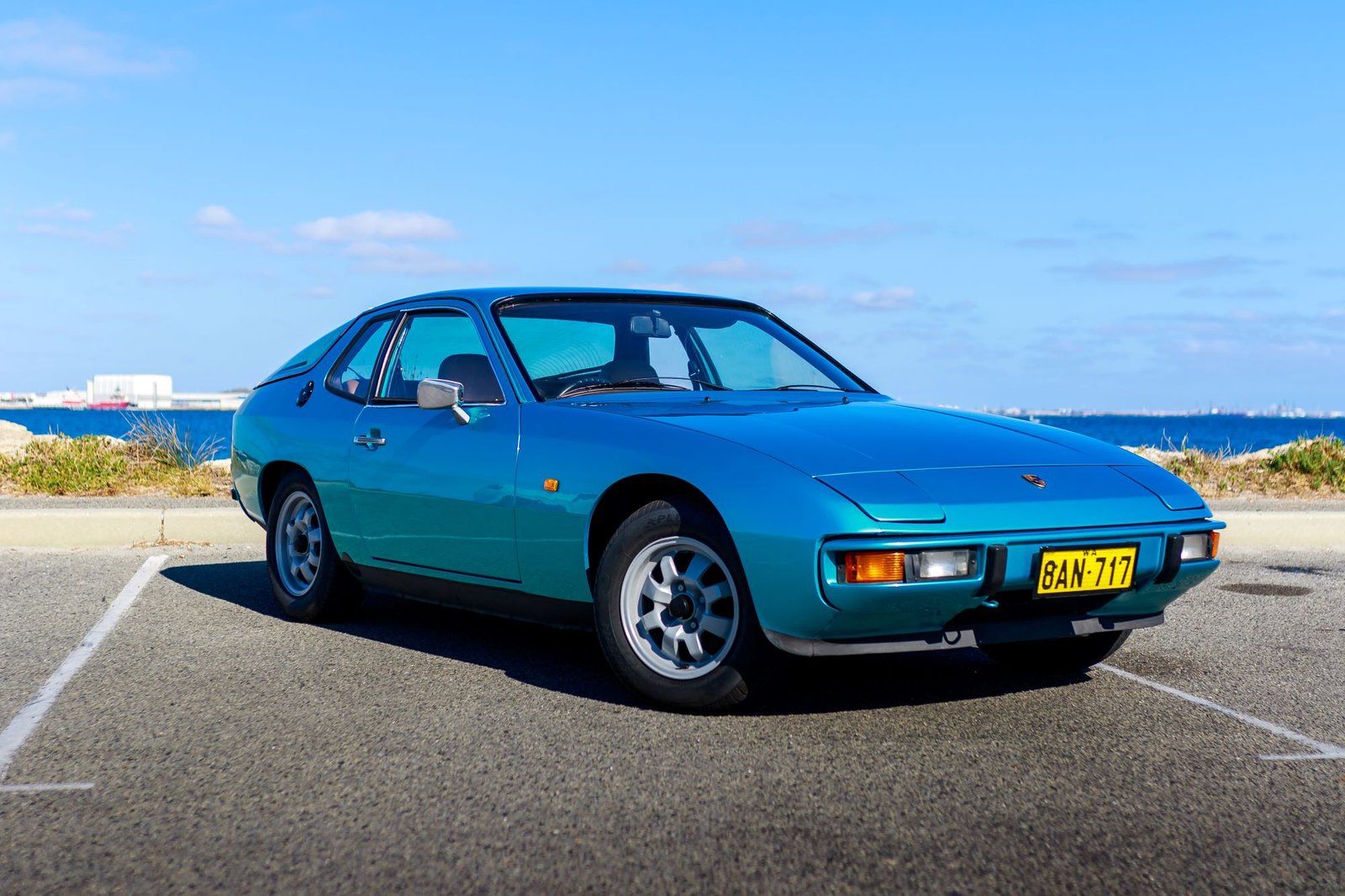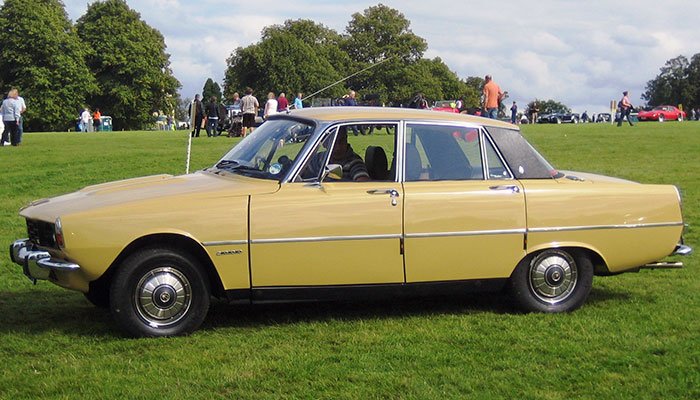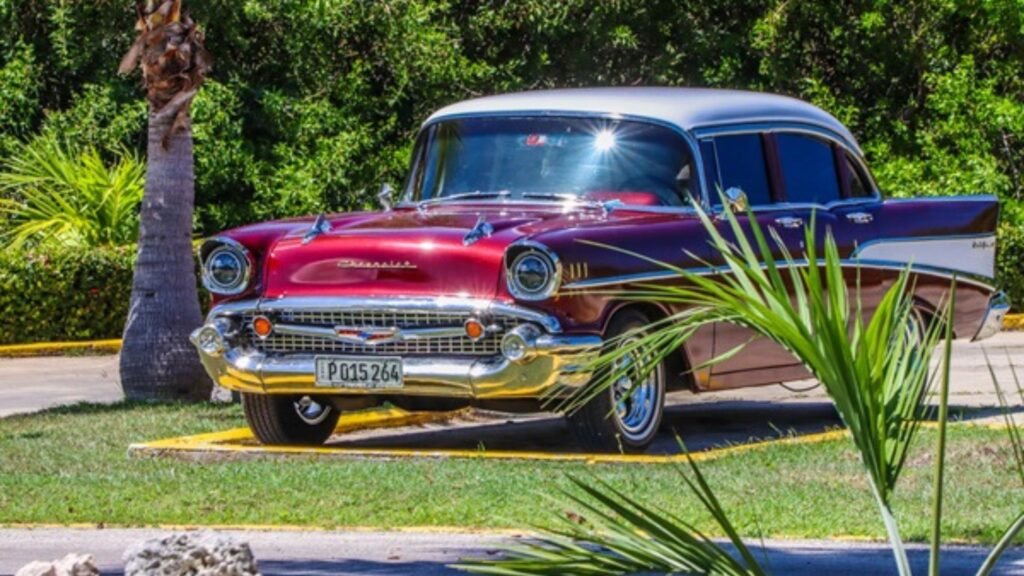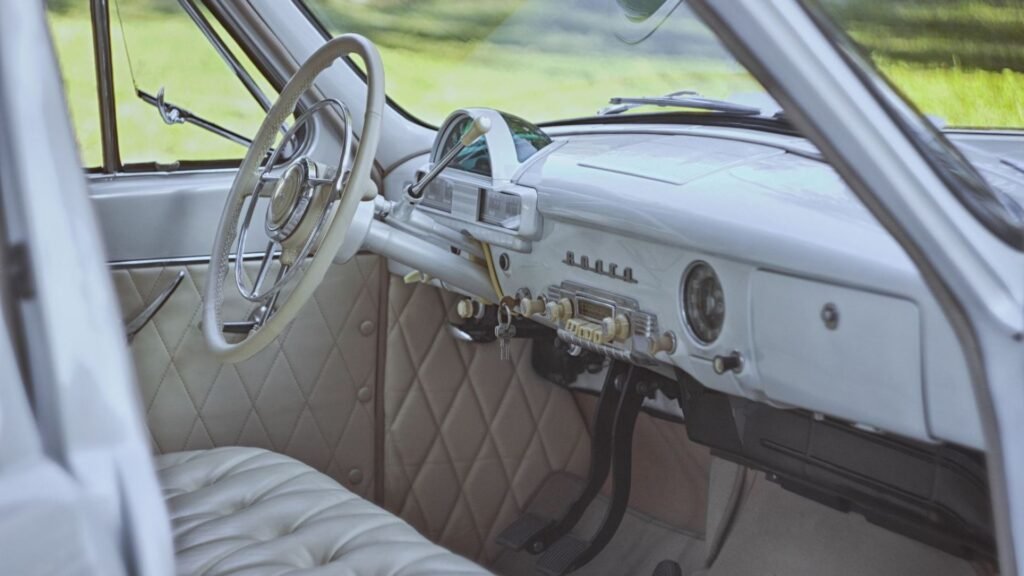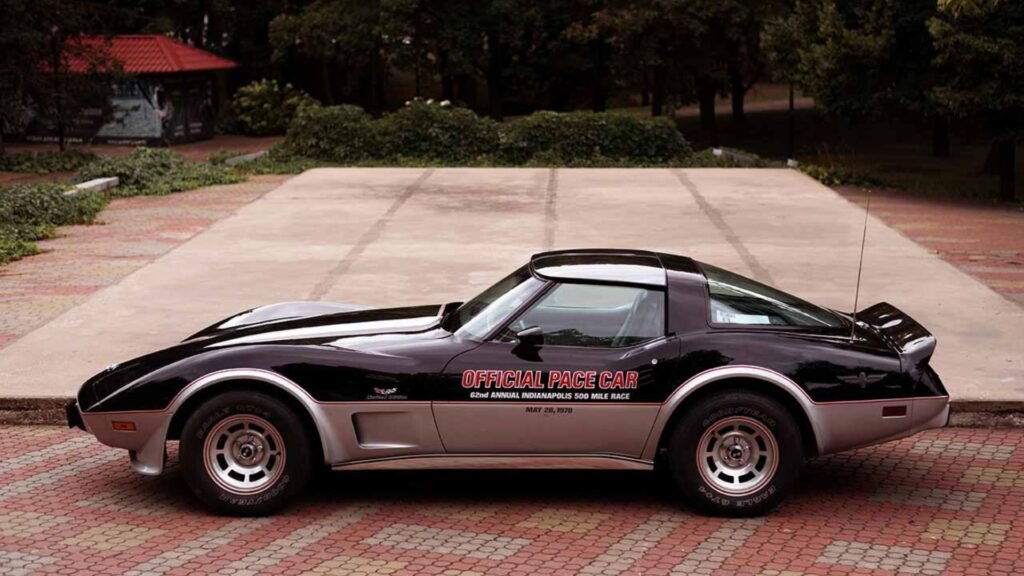Best Vintage Cars of the 1960s
The 1960s were a golden era for the automotive industry, a decade marked by innovation, powerful engines, and iconic designs. Vintage cars of the 1960s are not just about nostalgia; they represent a significant part of automotive history. Whether you’re a car enthusiast, a collector, or someone who simply appreciates the beauty of classic vehicles, the vintage cars of the 1960s have something special to offer. In this article, we’ll take a look at some of the most iconic models from this era, highlighting their unique features and lasting appeal.
Why the 1960s Was a Special Era for Cars
The 1960s brought about a revolution in car design and technology. This period was characterized by a blend of power, style, and innovation. Car manufacturers were experimenting with new technologies, and consumer demand for speed and performance was at an all-time high. The introduction of muscle cars, sports cars, and luxury vehicles in this decade set new standards and redefined what cars could be. It’s no wonder that vintage cars of the 1960s are still highly sought after today.
Iconic Vintage Cars of the 1960s
Let’s explore some of the best vintage cars of the 1960s that have captured the hearts of car lovers around the world.
1. 1964 Ford Mustang
No list of vintage cars of the 1960s would be complete without the Ford Mustang. Launched in 1964, the Mustang quickly became an American icon. It was one of the first cars to be dubbed a “pony car,” characterized by its long hood, short rear deck, and powerful engine. The Mustang offered a combination of style, performance, and affordability, which made it a huge success. With a range of options available, from the standard straight-six to the high-performance V8, the Mustang catered to a wide audience, making it one of the most popular cars of the decade.
2. 1967 Chevrolet Camaro
The Chevrolet Camaro was introduced as a direct competitor to the Ford Mustang. With its aggressive styling, powerful engine options, and sporty handling, the Camaro quickly gained popularity. One of the most iconic features of the 1967 Camaro is its distinctive split front grille, which gave it a unique and aggressive look. Available in both coupe and convertible models, the Camaro offered a range of engines, including a 396 cubic inch V8, making it a favorite among muscle car enthusiasts. This combination of power and design makes the Camaro one of the best vintage cars of the 1960s.
3. 1961 Jaguar E-Type
When it comes to elegance and performance, the 1961 Jaguar E-Type stands out. Enzo Ferrari famously called it “the most beautiful car ever made,” and it’s easy to see why. The E-Type’s sleek, aerodynamic design, combined with its powerful 3.8-liter inline-six engine, set new standards for sports cars of the time. With its top speed of over 150 mph, the E-Type was not only beautiful but also one of the fastest cars of its era. Today, it remains one of the most collectible vintage cars of the 1960s, admired for its timeless beauty and engineering excellence.
4. 1969 Dodge Charger
The Dodge Charger, especially the 1969 model, is one of the most iconic muscle cars of all time. Known for its bold design, with a long hood, fastback roofline, and hidden headlights, the Charger stood out on the road. The R/T (Road/Track) version came with a powerful 440 cubic inch V8 engine, making it a favorite among drag racers and car enthusiasts. Its role in movies and TV shows, like “The Dukes of Hazzard,” further cemented its place in popular culture. The Charger’s combination of style and performance makes it one of the standout vintage cars of the 1960s.
5. 1963 Chevrolet Corvette Sting Ray
The 1963 Chevrolet Corvette Sting Ray was a game-changer for the Corvette brand. With its split rear window, hidden headlights, and sharp body lines, the Sting Ray’s design was futuristic and aggressive. Under the hood, it offered a range of powerful engines, including a 327 cubic inch V8 that delivered impressive speed and performance. The Sting Ray’s blend of beauty, power, and innovation made it a standout in the sports car market. It remains one of the most desirable vintage cars of the 1960s, admired by collectors and car enthusiasts alike.
Collecting Vintage Cars of the 1960s
Tips for New Collectors
If you’re new to collecting vintage cars of the 1960s, here are some tips to get you started:
- Research Thoroughly: Learn about the different models, their market value, and any specific issues they may have. Knowledge is your best tool in making smart purchasing decisions.
- Inspect Carefully: Always inspect a vintage car thoroughly before buying. Check for signs of rust, engine problems, and other potential issues. If possible, bring along a mechanic who specializes in vintage cars.
- Start Small: Consider starting with more affordable models before moving on to high-end collectibles. Cars like the Ford Mustang and Chevrolet Camaro are great starting points.
Maintaining Your Collection
Owning vintage cars of the 1960s requires proper maintenance. Regular servicing, proper storage, and attention to detail will keep your vehicles in top condition and ensure they retain their value. Investing in quality care will pay off in the long run, both in terms of the car’s performance and its market value.
Conclusion
Vintage cars of the 1960s continue to captivate car enthusiasts with their blend of style, performance, and history. From the iconic Ford Mustang to the elegant Jaguar E-Type, these cars represent a unique era of automotive excellence. Whether you’re a seasoned collector or just starting, the best vintage cars of the 1960s offer a timeless appeal that will never go out of style.



